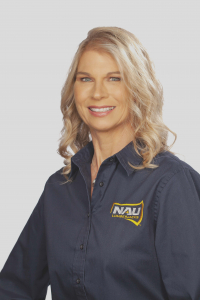 Meet Nicole Hampton, winner of ACTE’s national Postsecondary Teacher of the Year award. Hampton’s interview appears as part of a spotlight series on our 2021 national award winners and finalists. This award recognizes career and technical education (CTE) teachers at the postsecondary level who demonstrate innovation in the classroom, commitment to their students and dedication to the improvement of CTE in their institutions and communities.
Meet Nicole Hampton, winner of ACTE’s national Postsecondary Teacher of the Year award. Hampton’s interview appears as part of a spotlight series on our 2021 national award winners and finalists. This award recognizes career and technical education (CTE) teachers at the postsecondary level who demonstrate innovation in the classroom, commitment to their students and dedication to the improvement of CTE in their institutions and communities.
What is your job title and what do you do?
I am a senior lecturer and CTE area coordinator at Northern Arizona University in Flagstaff, Arizona. I design and deliver courses for Bachelor of Science and Master in Education CTE programs. Typically, I teach or co-teach 14 courses (11 different preps) at the undergraduate and graduate levels each year. I advise and mentor students, serve on college and university committees, and provide administrative leadership for the CTE degree programs.
I am responsible for program evaluation, curriculum review/revisions, course scheduling, and mentoring/ supervision of part-time faculty and a graduate assistant. Additionally, I work on program articulation and partnerships with the statewide community college system as well as program outcome development and curriculum mapping and assessment for the CTE programs.
What was your education experience like in general? What did you study?
In high school, I participated in the business education program. I took every business class my school offered. I served as an officer in FBLA and participated in a co-op with a local business working as a computer specialist. This led to me my undergraduate degree in computer information systems. Upon graduation, I went to work in business and industry as a management information systems (MIS) specialist.
While working at PepsiCo, I discovered a passion for teaching as part of my job included training employees to utilize technology. This led to a desire to move into teaching as a career (at the adult education level). So, I went back to school and completed a dual master’s program – a Master of Business Administration and a Master in Education with a higher education/community college emphasis. This provided me with the background necessary to work in higher education as a teacher/trainer.
Please discuss the role of teaching in your life. Who or what inspired you to teach CTE?
My inspiration for teaching came while working at Pepsi. As an MIS specialist, I had varied responsibilities, but I found the training aspect most rewarding. This was back in the late 1980s. I installed computers in each manager’s office. At that time, secretaries used computers to support the managers. They were not something that managers used themselves. Designing relevant training to impart a mindset shift was a challenge. The feeling of success when the passion for learning was sparked in each manager was amazing.
I then volunteered to be a part of a four-person training/roll-out team for a hand-held computer project. We trained all levels of employees, from network professionals to route truck drivers. After completing that project in New Mexico and Arizona, I was hooked! I knew I had found my career, my true passion and calling, as an adult educator/trainer.
How has COVID-19 affected CTE program activities in your school. How has it affected the wellbeing of your professional learning community at large?
Our programs were all online prior to COVID-19, so the impact we felt was not as significant as others. But many of our courses require students to be in schools, at businesses or at professional development/conferences. Site visits, job shadowing, fieldwork and professional development assignments had to be modified and redesigned. Even now that schools are back open, they don’t allow outside visitors, so we still utilize modified activities for many assignments. We have been creative. In some cases, students watched video presentations from prior site visits in lieu of having done their own visit. Many schools conduced virtual video tours and we used some of these. As the business world pivoted to online and virtual conferences and workshops, we took advantage — allowing our students to leverage these amazing opportunities to supplement their learning.
More significant has been the effect of COVID on the students in our program, as the majority of them are teachers themselves. In their professional lives, our students pivoted back and forth between virtual, hybrid, and in-person teaching models. Many also cared for children learning from home.
We had to be compassionate, flexible, understanding and supportive to ensure our CTE students were still able to move forward with their goals.
I had more “incomplete” contracts in place for the Spring 2020 semester than the prior five years combined! Our students were struggling, and I knew I had to support them. I served as an information bridge – connecting students in different districts and states to share support and resources. I shared my own successful strategies from years of online teaching experience.
Most of all, I shared my empathy. Three of my children learned from home during the past year: a junior in college, an eighth grader, and a freshman in high school. Sometimes just admitting that we were all struggling encouraged a student not to give up. This month I was very touched when I received a letter from one of our graduates:
“When the world was falling apart for so many, you stepped up and took charge regardless of your own struggles and made sure myself (and I know many others) were able to continue. You were always available when needed. I thank you for that.”
In what innovative ways have you engaged students to remain connected with their communities — and have fun — while social distancing?
My students have always been socially distanced from each other, by virtue of our programs being online for over 15 years. A recurring complaint among distance learners is a lack of sense of community or feeling disconnected.
I use a combination of synchronous and asynchronous communication in my courses, building intentional learning communities in the online environment. Using a variety of whole class and small grouping strategies, my students use technology to connect, share ideas and experiences, provide feedback, share and conduct research, and more. One of my more popular strategies with students has involved integrating student video blogs and recorded speeches. I also incorporate purposeful group collaboration, real-time book club discussions and informal Q>amp;A sessions.
I encourage students to get to know each other in their online learning communities by way of the shoe box ice breaker. Student place items into a shoebox that represent themselves. They then take a picture to share with their group. Students spend a little time at the beginning of each meeting sharing the meaning of items from their box. This ice-breaking activity carries on throughout the term and helps student get to know each other more personally.
As an award winner, ACTE recognizes you for your efforts to sustain high-quality CTE programs for all students. What advice would you offer a new teacher?
Data-driven continuous improvement is the cornerstone for excellence in teaching and high-quality CTE programs. Seek feedback from all stakeholders, but especially your students.
Design surveys that ask your students meaningful questions about course content and methods and utilize them throughout your course, not just at the end. I solicit feedback using a variety of methods:
- Mid-term and end-of-course surveys
- Prompts in ticket-out-the-door journals
- Questions in formative assessment assignments
- Post-course focus groups
- Graduate exit surveys
I find that sometimes, amid the stress during an academic term, I can feel overwhelmed and question my effectiveness. This was especially prevalent during this past year. Early in my teaching career, I started a positive feedback file. I keep both a physical file folder and an email folder dedicated to the letters and notes I receive from students. I reach into this archive on the days when I am feeling down or obsessing about critical feedback. Critical feedback can be helpful if it is constructive and taken in context. It can be harmful if it consumes your focus and affects your outlook and passion. Create such a file. Reach in to refuel your passion as needed. And remind yourself that you are making a difference!
Is there anything else you’d like to share?
Advocacy! Advocate for your students, your program(s), and the profession of career and technical education. Share your stories and involve your stakeholders. Participate in your professional organizations at the local and national levels. ACTE has excellent resources available to help you do this; you are not alone. At least one time in your career, attend the ACTE National Policy Seminar. This advocacy-focused professional development opportunity should be on every educator’s bucket list.
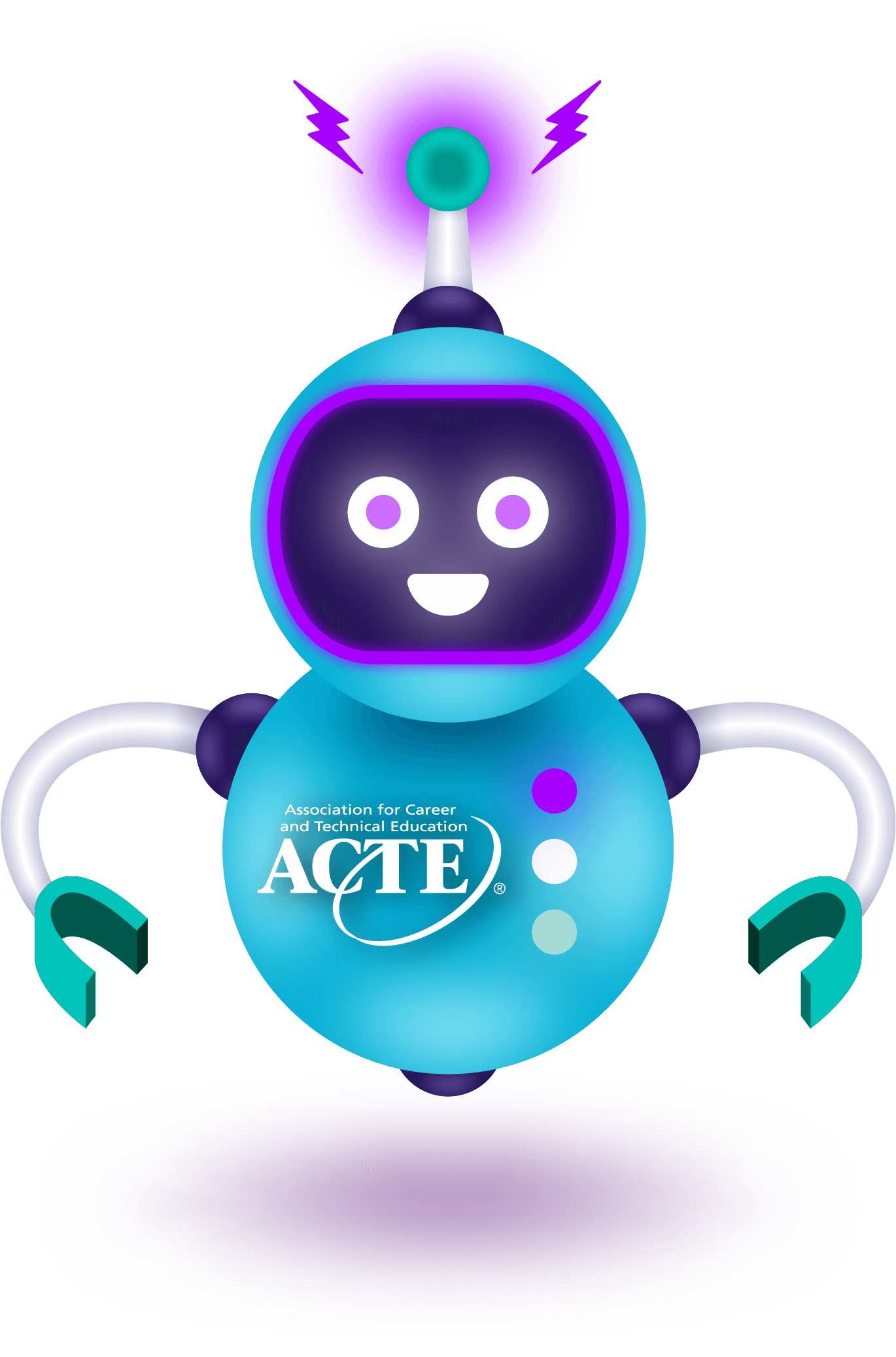

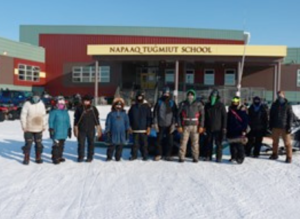

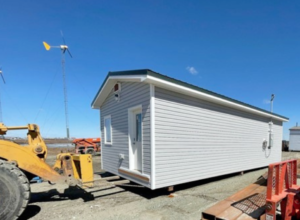 LKSD and Yuut Elitnarviat continue to partner in Teacher House building projects.
LKSD and Yuut Elitnarviat continue to partner in Teacher House building projects. North Slope Borough School District Illisagvik College
North Slope Borough School District Illisagvik College
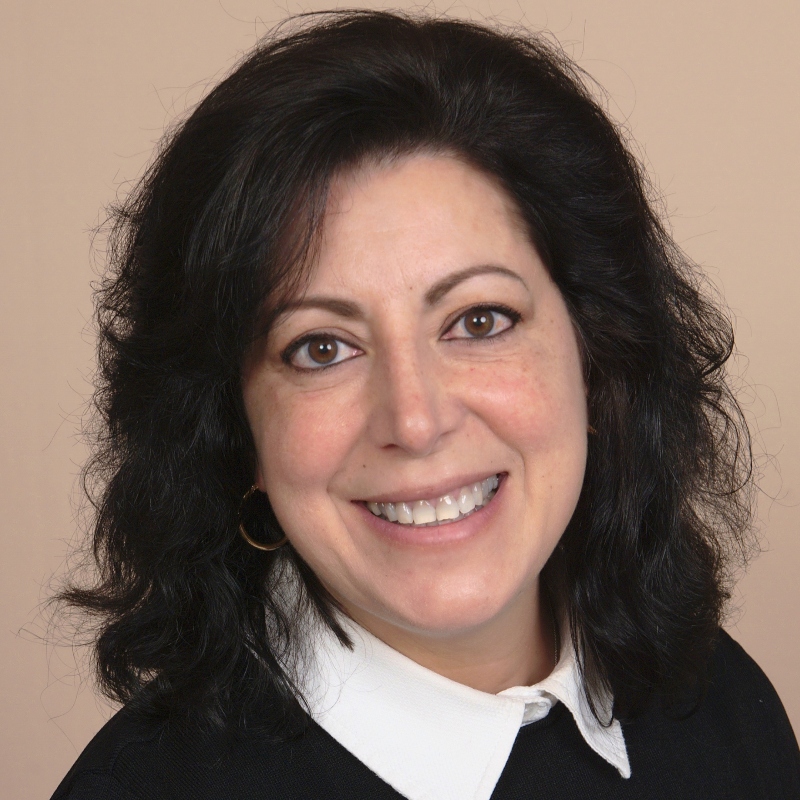
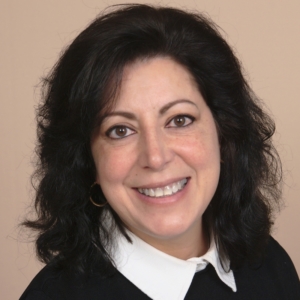 After three years on ACTE’s board of directors as Health Science Education Division vice president, Linda Romano feels like she “grew into a leader.” Read her recent conversation with Techniques‘ managing editor. Romano shared her thoughts on ACTE’s inclusion, access, equity and diversity (IAED) initiatives and offered encouragement for aspiring leaders in career and technical education.
After three years on ACTE’s board of directors as Health Science Education Division vice president, Linda Romano feels like she “grew into a leader.” Read her recent conversation with Techniques‘ managing editor. Romano shared her thoughts on ACTE’s inclusion, access, equity and diversity (IAED) initiatives and offered encouragement for aspiring leaders in career and technical education.
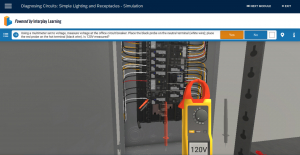

 Career and technical educators often limit the use of personal computers and digital devices (except for accessibility), particularly during active learning, in flipped classrooms, or in tech-enabled labs with advanced tools and instruments. Yet, we aim to turn out critical thinking, self-regulated and self-directed, lifelong learners. If we profess that goal, we must embrace systems and methods that scaffold learning wherever it occurs. That means adapting courses and inviting students to “bring your own devices” to every learning event.
Career and technical educators often limit the use of personal computers and digital devices (except for accessibility), particularly during active learning, in flipped classrooms, or in tech-enabled labs with advanced tools and instruments. Yet, we aim to turn out critical thinking, self-regulated and self-directed, lifelong learners. If we profess that goal, we must embrace systems and methods that scaffold learning wherever it occurs. That means adapting courses and inviting students to “bring your own devices” to every learning event. CTE students encompass a broad array of technology experience. International higher education pundit Marianne Bray observed, “The Generation Z student population is the most dynamic, with the
CTE students encompass a broad array of technology experience. International higher education pundit Marianne Bray observed, “The Generation Z student population is the most dynamic, with the 
 What comes to mind when you think of a health care facility? Some may think about the patients they know inside those facilities, or past experiences as patients themselves. Others may think about doctors, nurses and other professionals who provide direct patient care.
What comes to mind when you think of a health care facility? Some may think about the patients they know inside those facilities, or past experiences as patients themselves. Others may think about doctors, nurses and other professionals who provide direct patient care.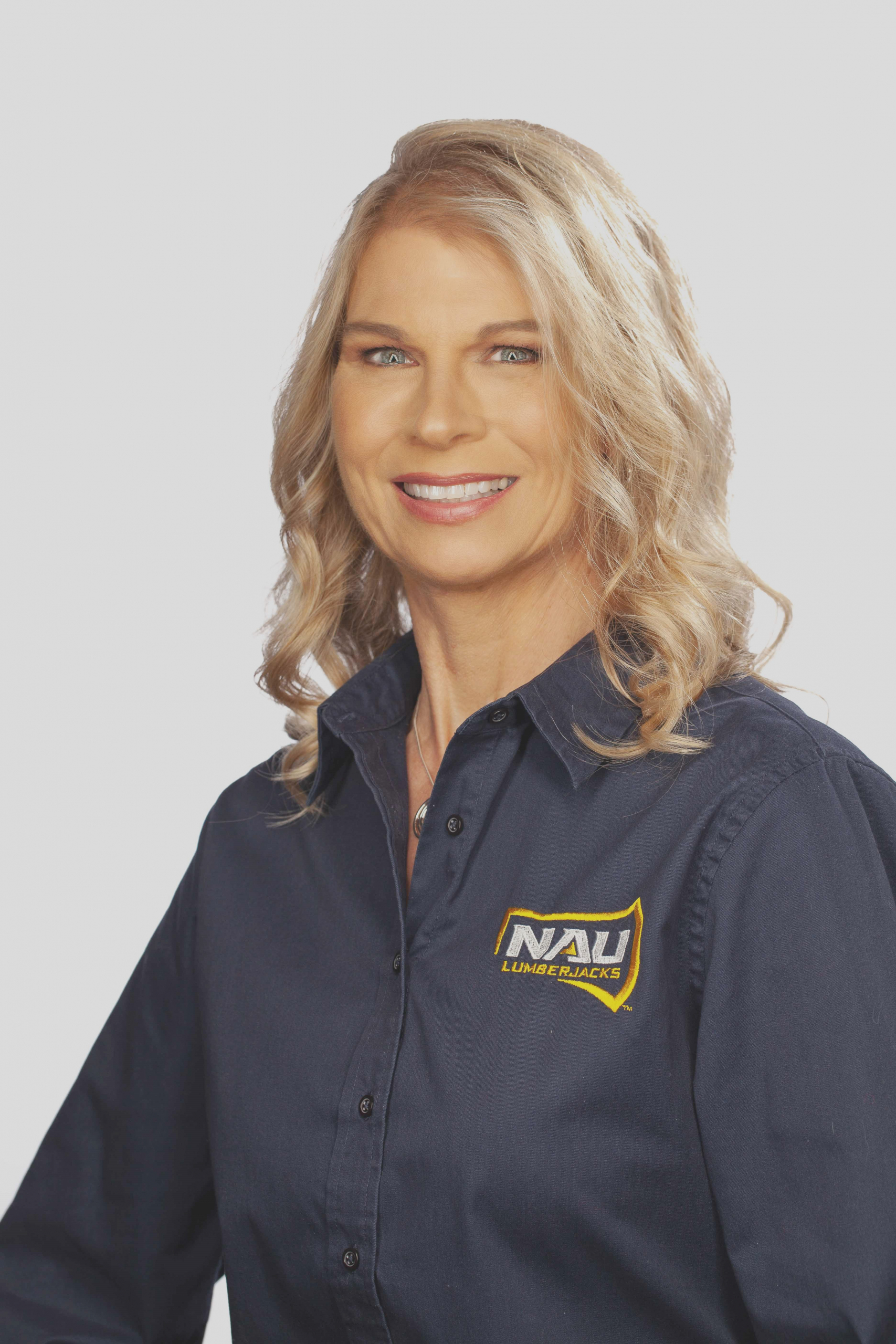
 Meet
Meet 




